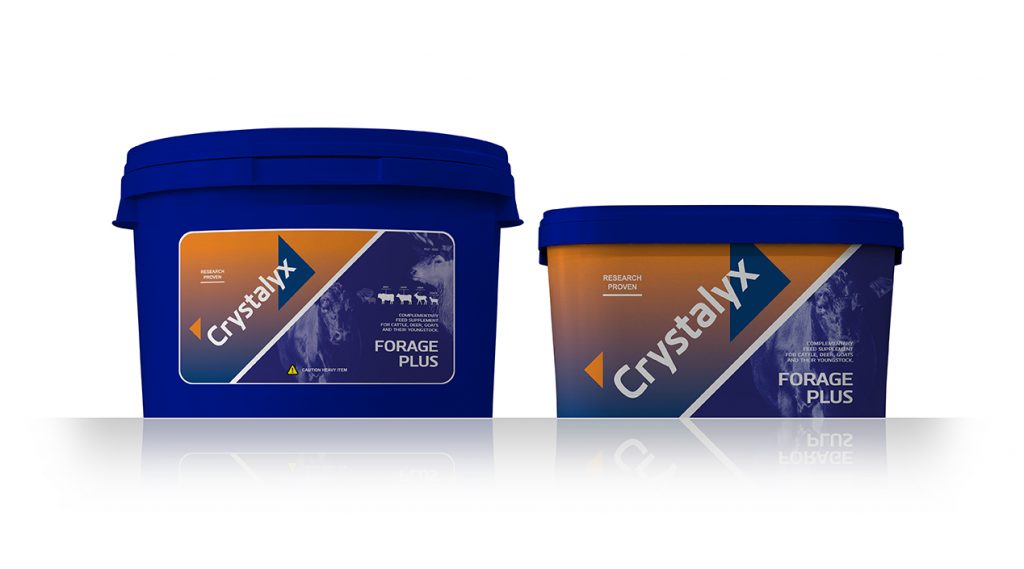How to Maintain Calf Health and Performance Post Weaning
Weaning is the point where calves transfer from a liquid to a solid diet and can only be undertaken successfully when the rumen has developed sufficiently to support the fermentation and digestion of solid feed. Rather than setting a fixed time, weaning is best done with a combination of calf weight and age and should not be considered before the calf is eating a minimum of 1kg of solid feed per day for three consecutive days
Cereal-based concentrate intake encourages early rumen development and the growth of the papillae on the rumen wall by increasing VFA production (especially butyrate). This increases the surface area of the rumen wall and its ability to absorb the end products of digestion.
Forage intakes start the rumination and cud chewing processes, which adds saliva to the rumen, further aiding solid feed digestion.
Supplementing calves with Crystalyx Forage Plus helps with weaning
Weaning is a stressful time for a young calf and stressed calves have a reduced immunity and an increased susceptibility to disease. Offering Crystalyx Forage Plus to calves for a few days before weaning (so they get used to it) and continuing to give them free access to Crystalyx Forge Plus at pasture will minimise weaning stress and help your calves to cope more readily with the transition to a grass-based diet. (In just the same way that Crystalyx Easy Breather reduces stress in the calf shed).
Young animals have a small rumen and grass is a bulky feed which fills the rumen quickly. This is a particularly serious issue when pasture has a very low dry matter or is of poor quality at weaning. But independent university research (at Kansas State and Newcastle Universities) has shown that feeding Crystalyx not only increases the number of rumen bugs, but also increases the rate of rumen fermentation, so the bugs digest forages – even high quality spring grass – faster and with improved efficiency.
Research proves the effectiveness of feeding Crystalyx Forage Plus
In a Northland trial, starting in early January, R1 steers with access to Crystalyx Forage Plus at grass, were 14kg heavier (+16% DLWG) than control steers on grass alone by early May (123 days). Average Crystalyx intake was 102 g/steer/day during the trial.
A full grazing season study (175 days) with R2 heifers at grass, in Germany, showed heifers with access to Crystalyx gained 37kg more liveweight (+35% DLWG) than similar control heifers on grass alone. Average Crystalyx intake throughout the trial was 130 g/heifer/day.
In summary: feeding Crystalyx Forage Plus at pasture will:
- Reduce weaning stress in R1’s
- Improve R1 performance as they transition onto a full pasture diet
- Reduce the “gut fill” effect of very low dry matter grass
- Improve growth rates and fertility in R2’s

